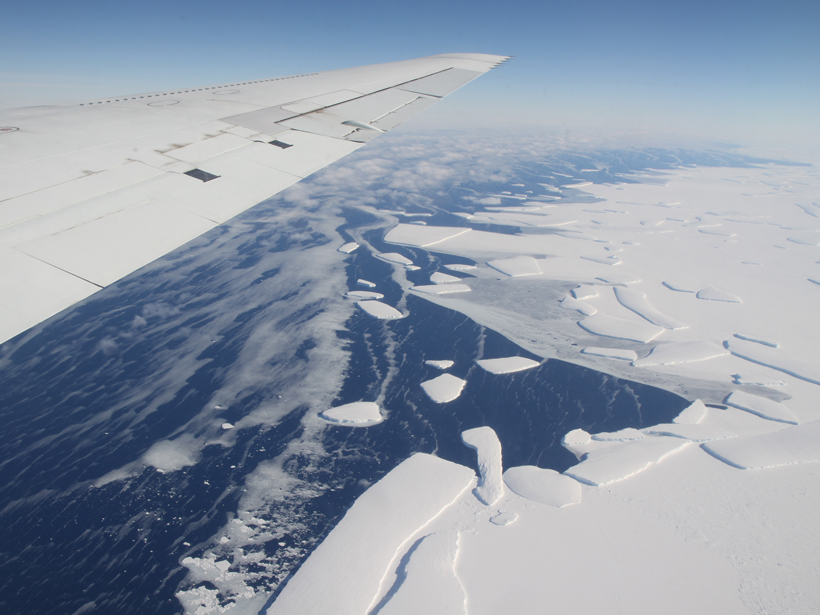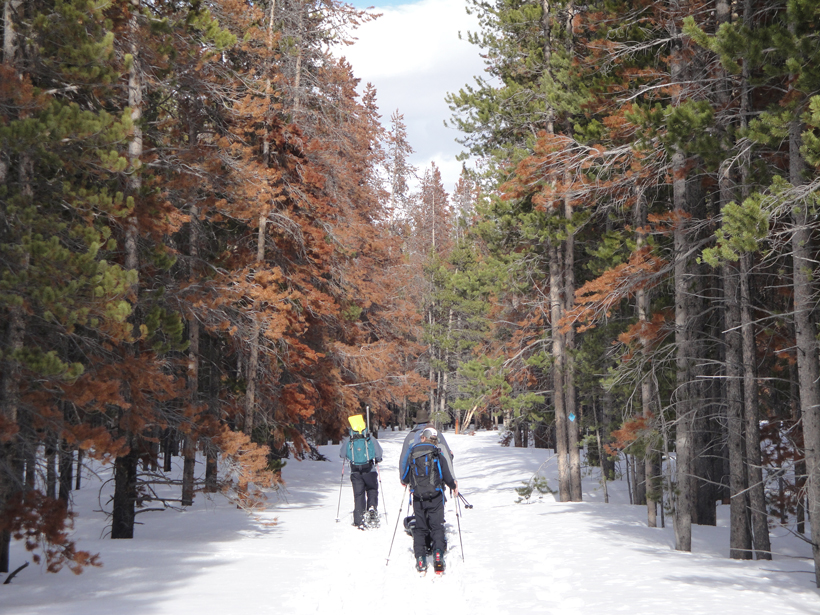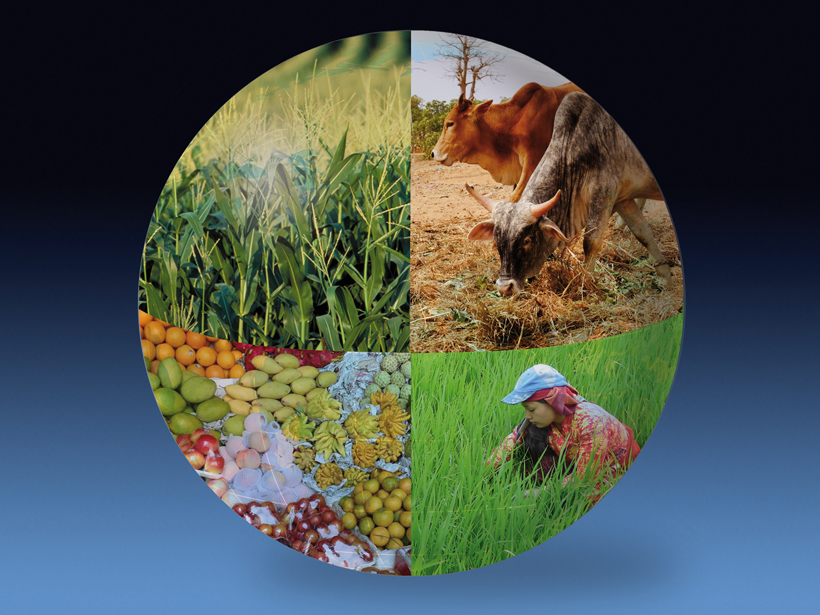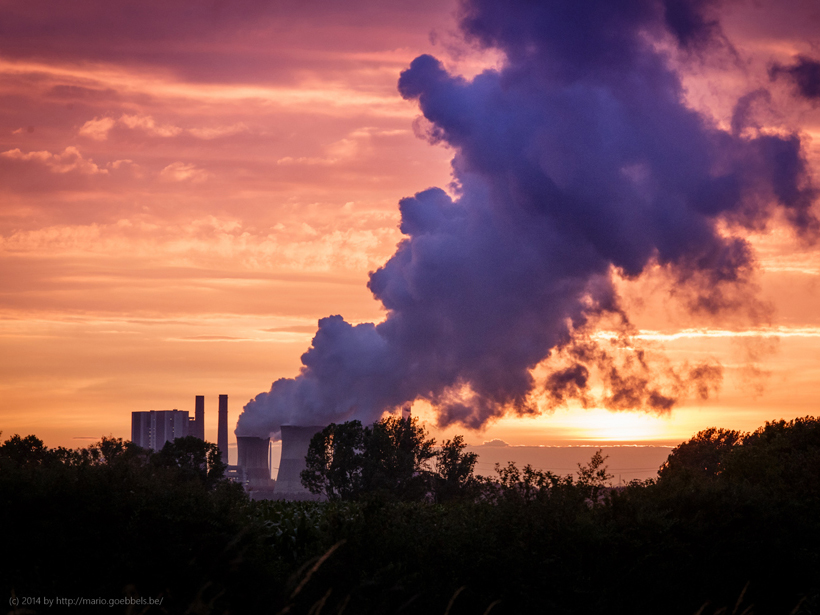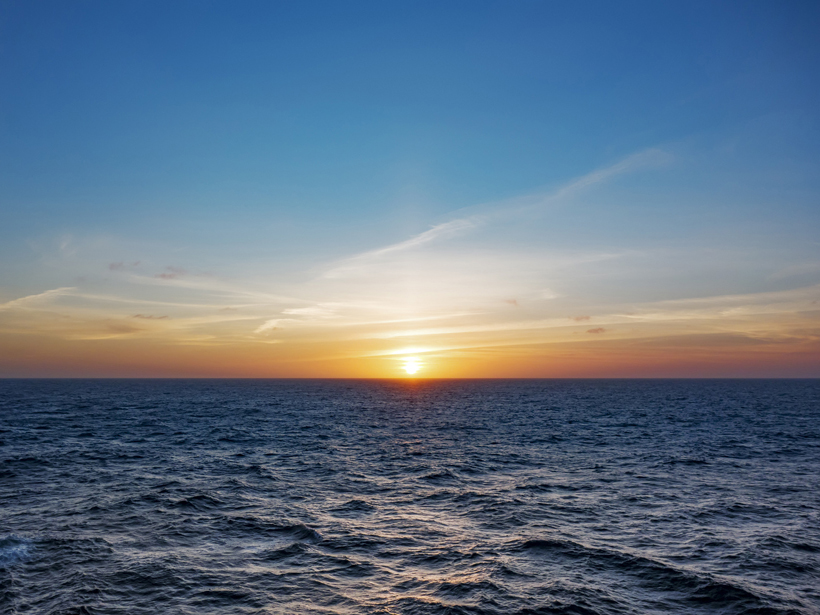Varying amounts of glacial debris in a core of ancient sediment show the ice cover grew and shrank until airborne carbon dioxide levels fell below 600 parts per million, spurring steady growth.
Climate Change
Bark Beetles Cause Big Tree Die-Offs, but Streams Flow Steadily
Recent beetle epidemics have driven tree die-offs across North America, and previous studies predicted an increase in annual streamflow would follow—but a new study shows this may not be the case.
At the Intersection of Ice and Water
Scientists observe ice dynamics in water-terminating glaciers around the world to better understand how the process of subaqueous melt drives ice loss.
Assessing Impacts of Climate Change on Food Security Worldwide
AgMIP Workshop on Coordinated Global and Regional Integrated Assessments of Climate Change and Food Security; Aspen, Colorado, 13–18 September 2015
Faster-Merging Snow Crystals Speed Greenland Ice Sheet Melting
Satellite data and modeling reveal a trend toward coarser-grained, more-light-absorbent snow.
The High Cost of Switching Power Sources
Researchers construct a world where nuclear energy everywhere is replaced with coal, with stark consequences for human health and the environment.
How Oceans Could Change If We Reverse Anthropogenic Warming
A computer simulation shows a net increase in primary production by phytoplankton if climate change were mitigated by 2200 but also indicates big changes in the makeup of those species.
The North Atlantic Ocean's Missing Heat Is Found in Its Depths
In the 2000s, the North Atlantic stopped absorbing as much atmospheric warmth. However, the ocean lost only a little heat—the rest was held deeper below the surface by altered circulation patterns.
Characterizing Interglacial Periods over the Past 800,000 Years
Researchers identified 11 different interglacial periods over the past 800,000 years, but the interglacial period we are experiencing now may last an exceptionally long time.
More Acidic Oceans Could Reduce Fertility for Algae Eaters
New research shows that increased levels of carbon dioxide in the oceans cause changes that alter key nutrients essential to the reproduction of animals low on the food web.

